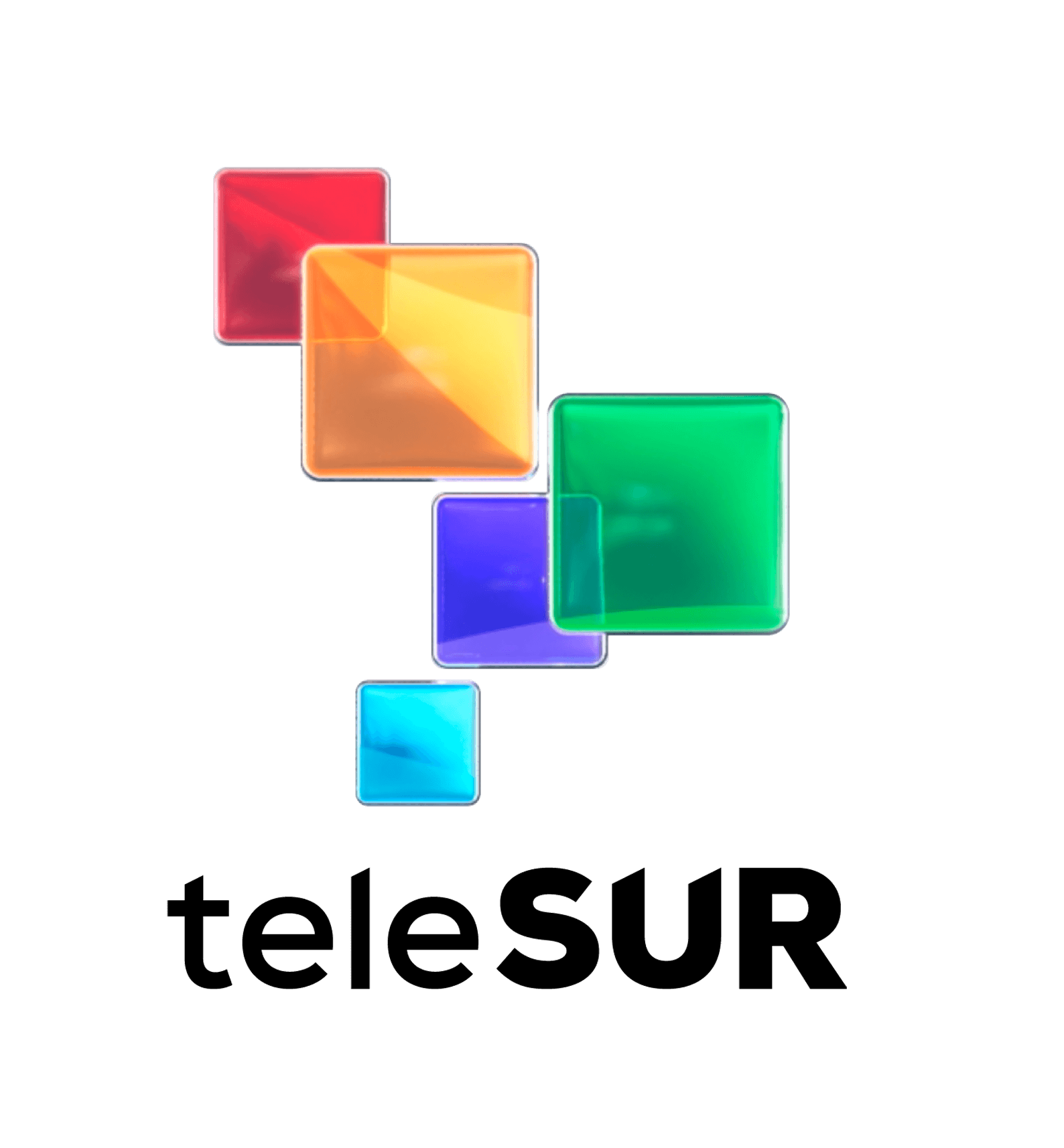The Quechua People – A Living Culture of the Andes

Photo: Archives
April 29, 2025 Hour: 1:11 pm
The Quechuas are one of the largest Indigenous groups in South America, living in the Andes Mountains and Amazonian regions of Peru, Bolivia, Ecuador, Argentina, Chile, and Colombia. Their shared language is Quechua, also known as Runasimi, meaning “language of the people.”
The earliest Quechua groups settled in northern Chile around 8000 BC. They were hunter-gatherers who used local natural resources to survive. Later, they became farmers and herders, raising llamas and alpacas, and growing potatoes, corn, and quinoa, staple foods in their diet.
In the 15th century, the Inca Empire helped spread the Quechua language, which became the official language of the Tahuantinsuyo (Inca territory). Even today, different regions speak their own Quechua dialects.
Quechua people lived in communities called ayllu, where families shared land and helped one another through ayni, a traditional system of reciprocal labor. Each community was led by a curaca, who organized festivals and ceremonies.
The Quechuas believe in Pachamama, the Mother Earth, whom they honor through rituals using smoke, coca leaves, and drinks. Their cosmic worldview is divided into three levels:
- Hanan Pacha – the upper world of the Sun (Inti) and Moon (Killa)
- Kay Pacha – the living world of nature and humans
- Ukhu Pacha – the inner world of the dead and natural forces
The Inti Raymi is their most important festival, celebrating the return of the Sun during the winter solstice in June.
Today, over 10 million people speak Quechua, which is recognized as an official language in Peru, Bolivia, and Ecuador. Quechua is not just a language, but a whole language family with many local varieties.
Quechua clothing is colorful and handmade from cotton, alpaca, llama, or sheep wool. Each community has unique patterns and styles, often dyed with natural plant and mineral colors.
Autor: OSG






